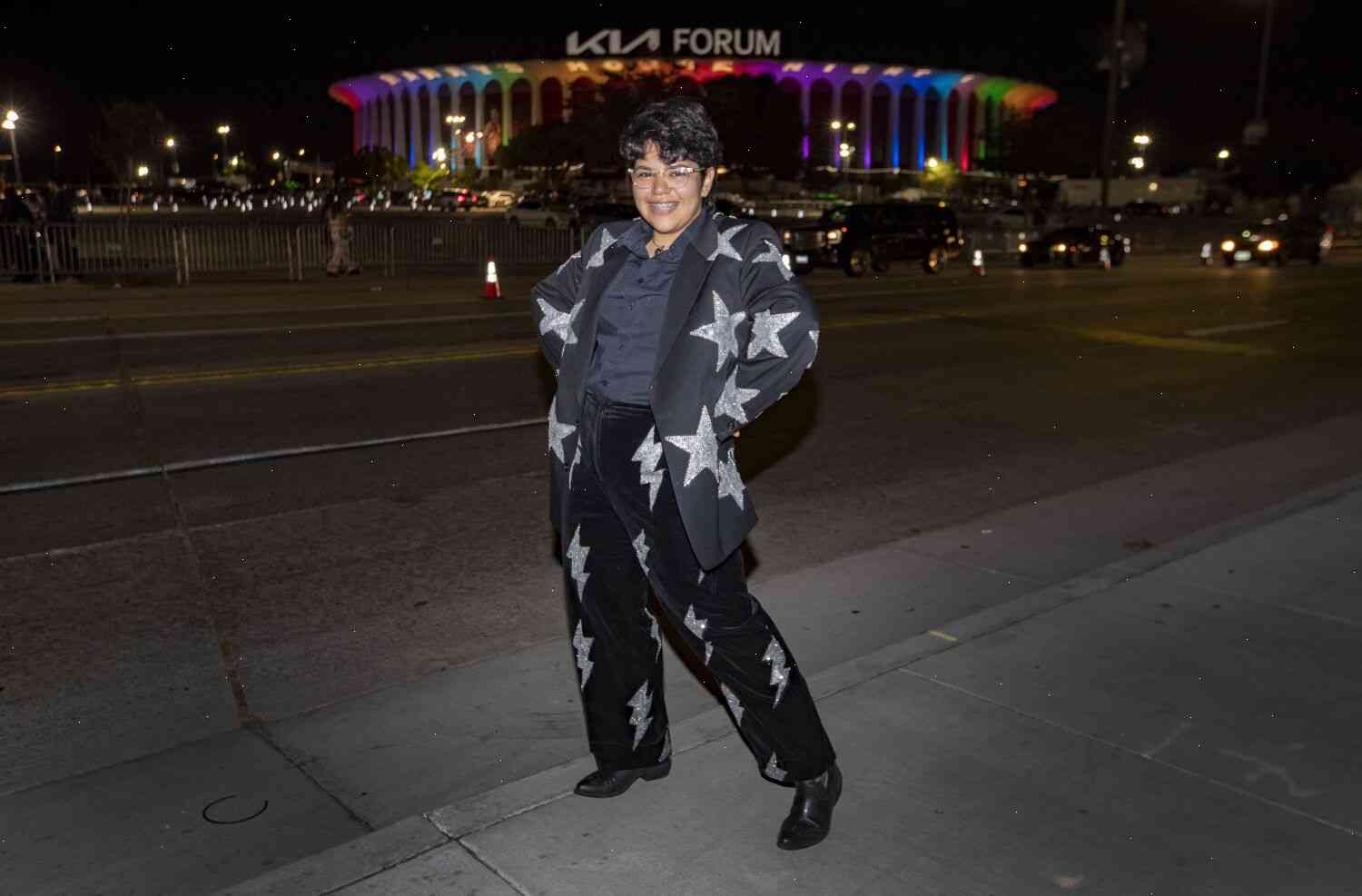At Harry Styles concerts, young gender-nonconforming fans celebrate the freedom to be themselves — and sometimes run into unexpected resistance.
When 23-year-old Emily Z, an organizer of a gender and sexuality panel for a college in central Florida, attended Styles’s concert in Tampa last August, she wanted to scream in defiance but kept quiet. She sat in the front row, just one row over the main stage, and watched as the world went by.
“It was really disorienting,” she says. “I wanted to be that person screaming and yelling, but I was like, ‘You’re not,’ and it was cool.”
Z had been attending Harry’s concerts with her friends and some of their young relatives and couldn’t hear the music or the crowd in the way that she wanted. The concert made her feel confused, but she was OK with that. And that was fine.
For some young people like Z, the idea of a gender-nonconforming person attending a Harry Styles concert isn’t so strange. They are among the millions of young LGBT people from age 6 to 25 who experience dysphoria — or the negative feeling a person has when their physical and psychological sex organs don’t match their gender identities.
Harry’s music has made its way into the young person’s lives for a long time — in the 1980s, when British pop star Robbie Williams — a young fan himself — sang about his love for Harry in one of his songs, and in the 1990s when British artist Tracey Thorn performed at Harry’s 50th birthday party.
“I don’t think it would be possible to not listen to Harry,” says Michael “Deez Nuts” Pardoe, a Harry fan since age 11, of the Tampa concert. After his girlfriend saw Harry’s video for the “Don’t Fake It” single, she took him along to the concert and bought him a Harry album. He says that he would love Harry to be the world’s most well-known transgender celebrity.
The Harry Styles concert in Tampa. Courtesy Michael Pardoe
“He’s

